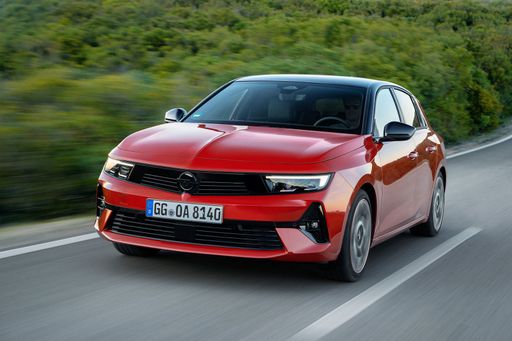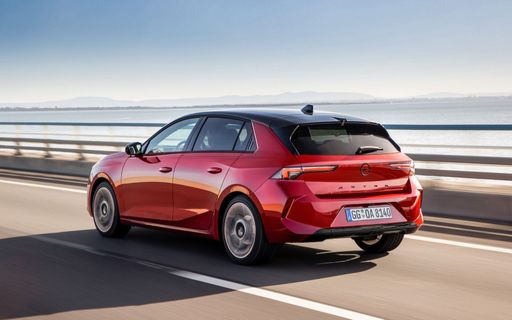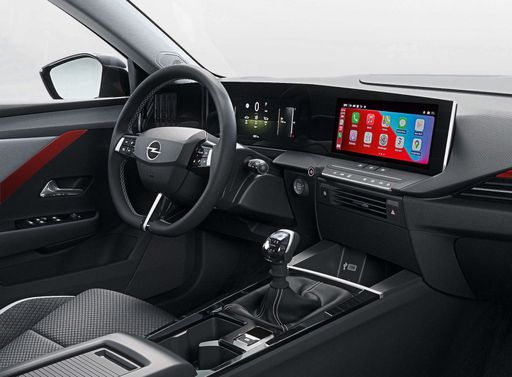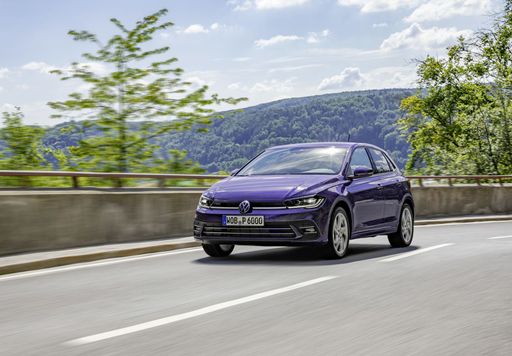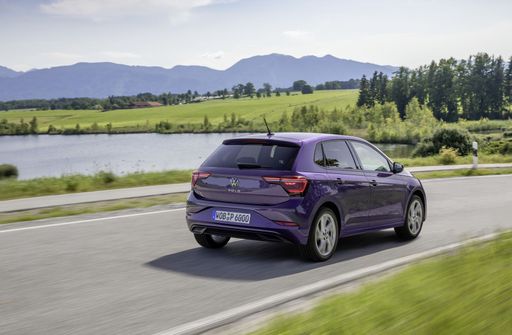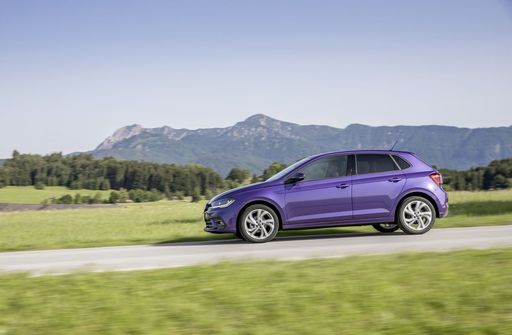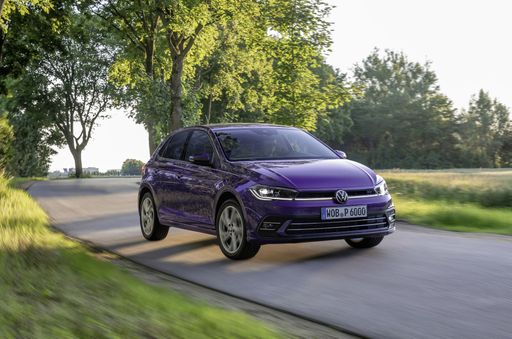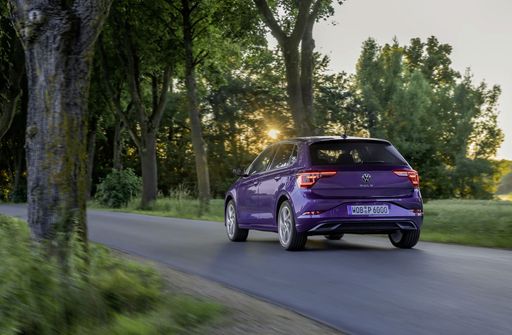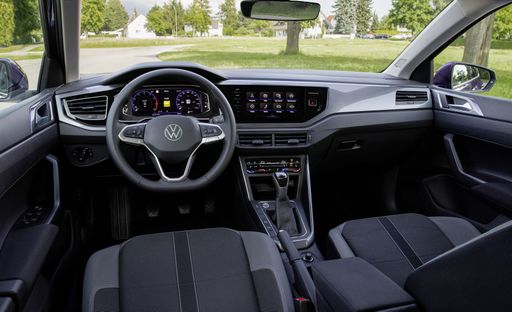Introduction: Clash of the Compacts
In the competitive landscape of compact cars, the Opel Astra and VW Polo stand out as prominent contenders. Both vehicles promise a compelling mix of performance, style, and practicality, catering to a diverse range of drivers. This article takes a closer look at the technical specifications and innovative features of these two popular hatchbacks, helping prospective buyers make an informed decision.

